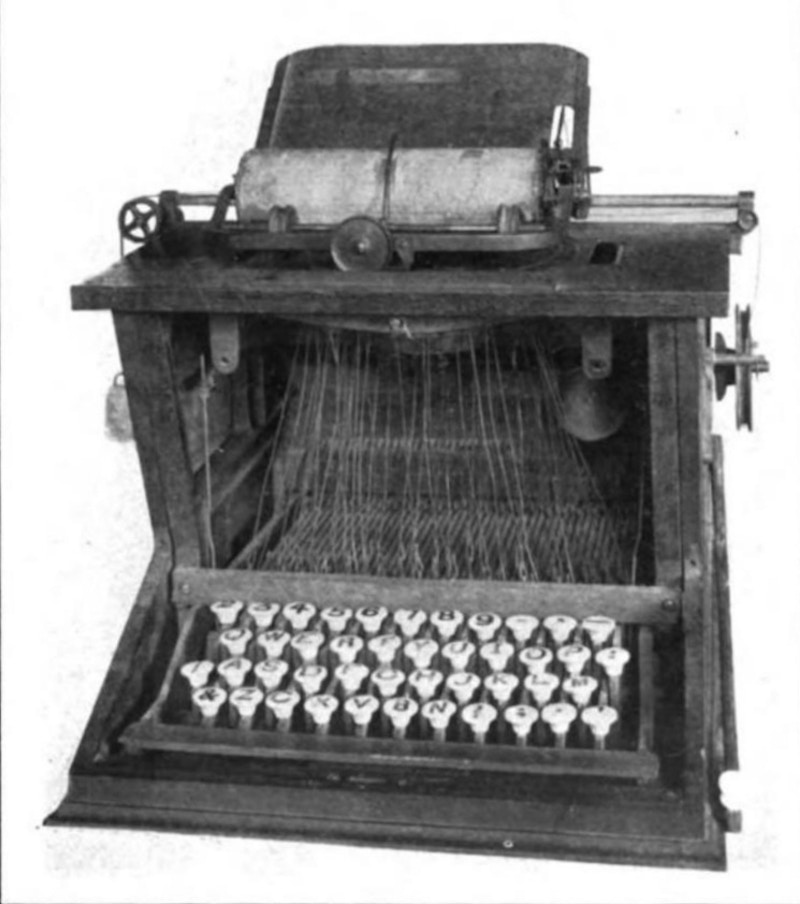The typewriter had some major flaws however and so did the original layout, so after months of playing around, the typewriter was adjusted, and the keyboard with it. Sold to the now infamous brand Remington, the QWERTY keyboard took its final steps to become much like it is today.
Everyone who has ever used a laptop knows the QWERTY layout right? However, we (I) began wondering, has there never been a better alternative? Or even just an alternative?
Enter Mr August Dvorak and his simplified keyboard. That sounds like a terrible movie. It was developed in the early 1900s and patented in 1936; the simplified keyboard offered a completely new layout and typing system. So what’s the difference. Well, everything.
Now, there is an argument that the Dvorak keyboard is optimised for faster typing because it was developed solely for the English language. This optimisation means that the pairings of keys adds to less finger movement when typing, and therefore less energy expunged, less time taken to reach keys, therefore the faster typing and the less mistakes made.




